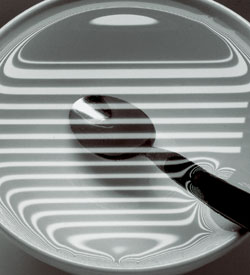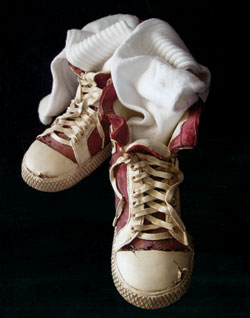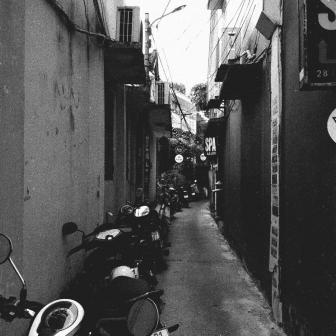Still Life Photography
Lynne Eodice is an accomplished writer/photographer and a regular contributor to Photographic magazine.
Throughout the decades, artists have depicted still life scenes--arrangements of inanimate objects--in paintings and photography. Shooting still life subjects is one of the best ways to sharpen your photographic skills. You can take your time, and your subject remains stationary. Good composition, framing and lighting are all very important to translate your still life into a great photo.
 |
|
|
Study Good Photos
Every day we are bombarded with still life images of appetizing foods, shiny housewares and other appealing products in magazine ads, brochures and catalogs. Professionals spend a great deal of time setting up these shots and you can learn a lot just by studying the photos you find most appealing and unique. Notice how photographers use repeating shapes and lines to create patterns and use complimentary colors. Study the lighting that they use. One of the best things you can do before you shoot still lifes is to collect images that inspire you.
 |
|
|
Keep It Simple
Simplicity is very important when composing still lifes. You don't need to collect a wide range of complicated objects to create an interesting picture. Instead, choose a few objects with a common thread. The arrangement of a still life should begin with the positioning of a single dominant subject. Then add other objects one at a time, and examine the arrangement through your camera's viewfinder. Experiment with your camera angle until the scene shows the elements in the most pleasing balance. Photograph the original grouping, and then rearrange or remove objects to see if it improves the composition.
 |
|
|











































